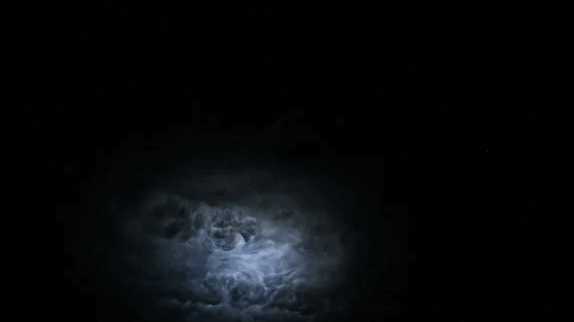When you buy through links on our site , we may take in an affiliate commission . Here ’s how it works .
" outstanding " rainbow - colored clouds have been shimmering in the sky over and around theArcticfor more than three day thanks to an unusual cold snap in the upper atmosphere . And even more of these technicolor treats could seem during the next few month , expert say .
The colored cloud , make love aspolar stratospheric clouds(PSCs ) , were spottedfloating high in the skyabove parts of Norway , Sweden , Finland and Alaska , and even as far south as Scotland . They began to emerge on Dec. 18 and continue to appear clearly until Dec. 20 , according toSpaceweather.com . Some smaller , less distinct clouds were also blot on Dec. 21 , but in world-wide they seem to be disappearing .

Iridescent, rainbow-colored clouds, known as polar stratospheric clouds, have been spotted across the Arctic for days on end.
PhotographerRamunė Šapailaitėcaptured staggering photograph of the rarified phenomenon above Gran in southerly Norway . Her pic break therainbowhues of PSCs and their iridescent shimmer that has inspired the nickname opaline clouds , due to their law of similarity with nacre — an iridescent material , also bed as mother - of - pearl , that is found in the cuticle of some mollusks .
" The colors are spectacular , " Šapailaitė told Spaceweather.com . " The clouds were seeable in the sky all day , but the colors really exploded just before sundown . "
The PSCs were because of a prolong menstruation of unusually cold temperatures in the sky , according to Spaceweather.com .

The vibrant clouds became most clearly visible shortly before sunset.
Related:10 bizarre phenomenon that lit up the sky ( and their scientific explanation )
PSCs are made from midget ice crystals thatrefract , or scatter , sun . This fall apart the luminousness into individual wavelengths , or colors , and creates the rainbow - like essence we see from the ground .
There are two types of PSCs : Type I , made from a admixture of ice crystal and nitric acid , which produce less spectacular color and arelinked to the formation of ozone muddle ; and Type II , which are compose of pure ice lechatelierite and produce more lifelike color . The clouds that lately formed over the Arctic were Type II .

(Image credit: Ramunė Šapailaitė)
The shimmer body structure only organize in the lower stratosphere , between 9.3 and 15.5 miles ( 15 to 25 kilometers ) above Earth ’s surface . Normally , cloud do not form this gamy up in the air because it is too dry . But at extremely low temperatures — below minus 121 degrees Fahrenheit ( minus 85 degrees Celsius ) — widely space water supply corpuscle get down to commingle into tiny ice crystals that further combine into clouds .
— Bizarre ' Levanter ' cloud billows off Rock of Gibraltar in breathtaking time - lapse video
— All of Neptune ’s clouds have mysteriously disappeared , and the sun may be to fault

(Image credit: Ramunė Šapailaitė)
— Striking satellite pic catch Mount Vesuvius peer through a hole in the cloud
Stratospheric temperatures in the Arctic rarely drop down below the threshold needed for PSCs to form , so they are ordinarily only spotted a smattering of clip every yr during winter months . The utmost cold snap that led to the late appearance of PSCs may have been triggered in part by the currentEl Niñoevent , which can impact temperatures around the rod . However , human - causedclimate changecould also be to blame , according to Spaceweather.com .
Experts say there is a high chance that we will see more PSCs in the Arctic over the next few months , according to Spaceweather.com .

(Image credit: Ramunė Šapailaitė)


















